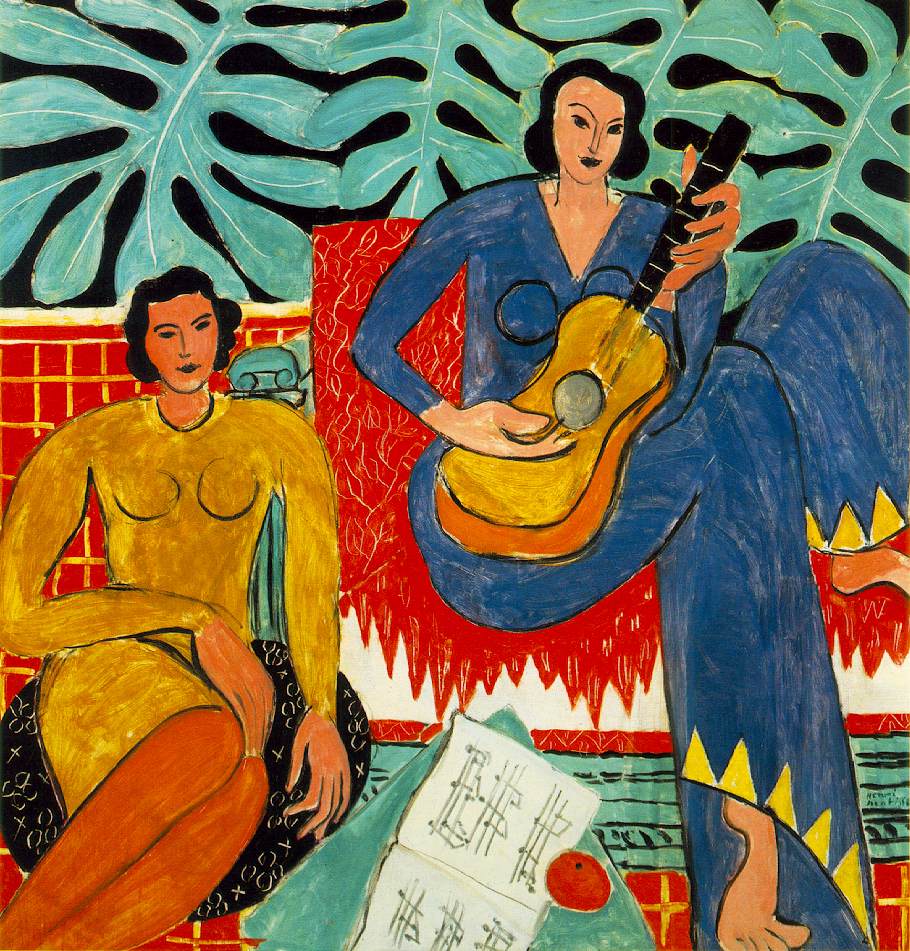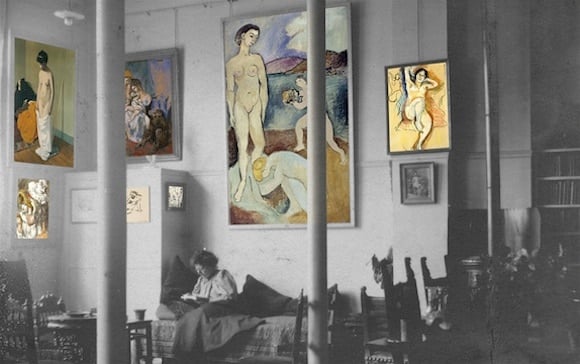 Matisse's mastery of the expressive language of colour and drawing, displayed in a body of work spanning over a half-century, won him recognition as a leading figure in modern art. Known for his use of colour and his fluid and original draughtsmanship Matisse came to art comparatively late in life and made his reputation as the principal protagonist of Fauvism, the first avant-garde movement at the turn of the century. He went on to develop a monumental decorative art, which was innovative both in its treatment of the human figure and in the constructive and expressive role accorded to colour. His long career culminated in a highly original series of works made of paper cut-outs, which confirmed his reputation, with Picasso, as one of the major artists of the 20th century. Here's 5 things about him that you might not have been aware of.
FACT 1: As a student of William-Adolphe Bouguereau, Matisse learned the fundamental lessons of classical painting. His one art-schooled technical standby, almost a fetish, was the plumb line. No matter how odd the angles in any Matisse, the verticals are usually dead true. His second tutor, Gustave Moreau was a painter who despised the "art du salon", so Matisse was destined, in a certain sense, to remain an "outcast" of the art world. He initially failed his drawing exam for admission to the École des Beaux-Arts, but persisted and was finally accepted.
Matisse's mastery of the expressive language of colour and drawing, displayed in a body of work spanning over a half-century, won him recognition as a leading figure in modern art. Known for his use of colour and his fluid and original draughtsmanship Matisse came to art comparatively late in life and made his reputation as the principal protagonist of Fauvism, the first avant-garde movement at the turn of the century. He went on to develop a monumental decorative art, which was innovative both in its treatment of the human figure and in the constructive and expressive role accorded to colour. His long career culminated in a highly original series of works made of paper cut-outs, which confirmed his reputation, with Picasso, as one of the major artists of the 20th century. Here's 5 things about him that you might not have been aware of.
FACT 1: As a student of William-Adolphe Bouguereau, Matisse learned the fundamental lessons of classical painting. His one art-schooled technical standby, almost a fetish, was the plumb line. No matter how odd the angles in any Matisse, the verticals are usually dead true. His second tutor, Gustave Moreau was a painter who despised the "art du salon", so Matisse was destined, in a certain sense, to remain an "outcast" of the art world. He initially failed his drawing exam for admission to the École des Beaux-Arts, but persisted and was finally accepted.

La Musique
Henri Matisse

Three Bathers
Paul Cézanne

An impression of Stein's salon by Lily Heise at the Grand Palais 2011
FACT 4: With the model Caroline Joblau, Matisse had a daughter, Marguerite, born in 1894. In 1898 he married Amélie Noellie Parayre. Both Marguerite and Amélie often served as models for Matisse. Quite horrifically, Marguerite, who had been active in the Résistance during the war, was tortured (almost to death) in a Rennes prison and sentenced to the Ravensbrück concentration camp.
Marguerite
Henri Matisse

Stain glass window painted by Matisse in the Union Church of Pocantico Hills
And if you want to keep track of the best in Art and Design, Take our ART STYLE QUIZ and BECOME A MEMBER. It is free and you'll get access to the best new art from top Museums, Galleries and Artists.